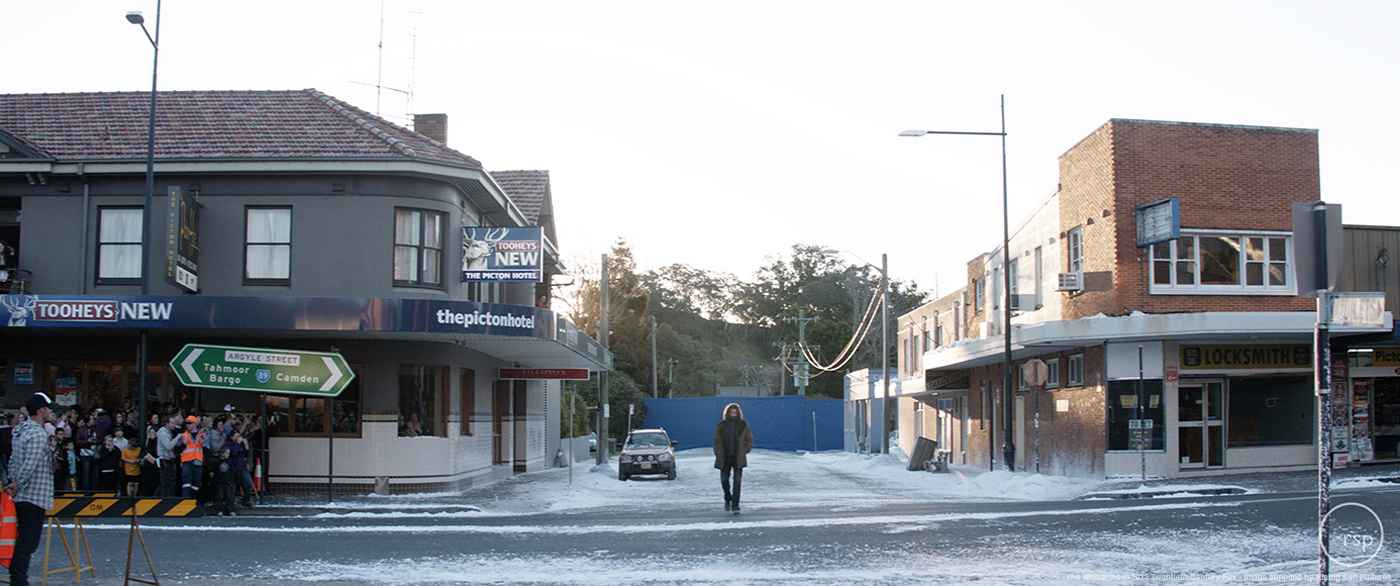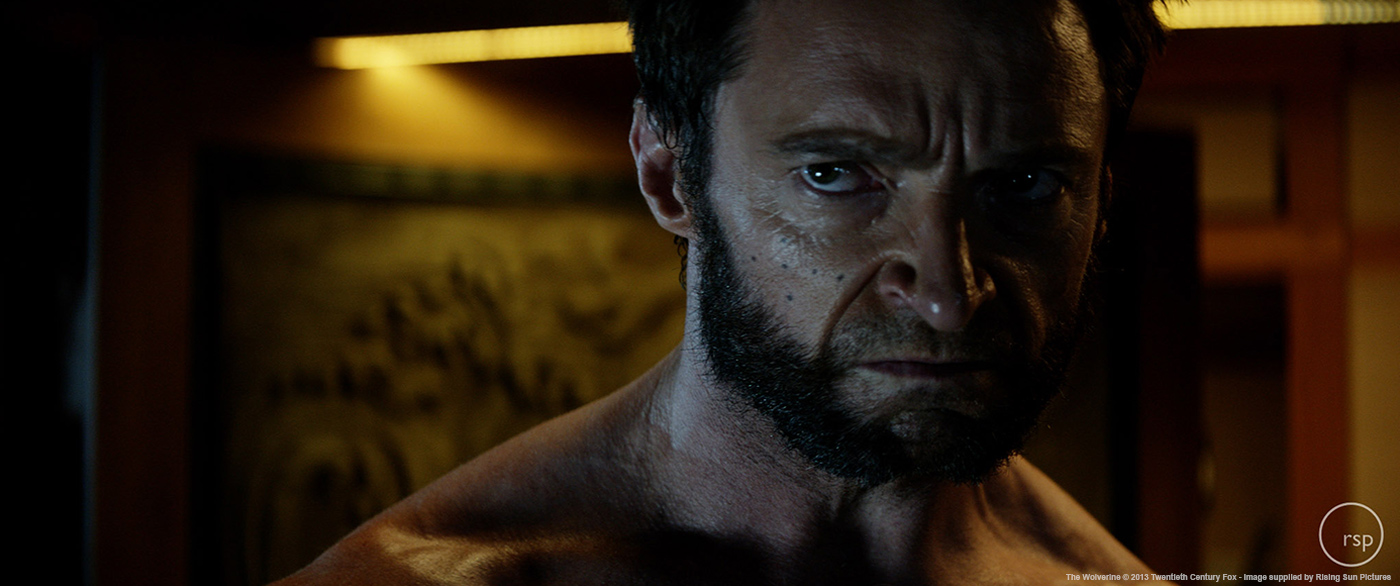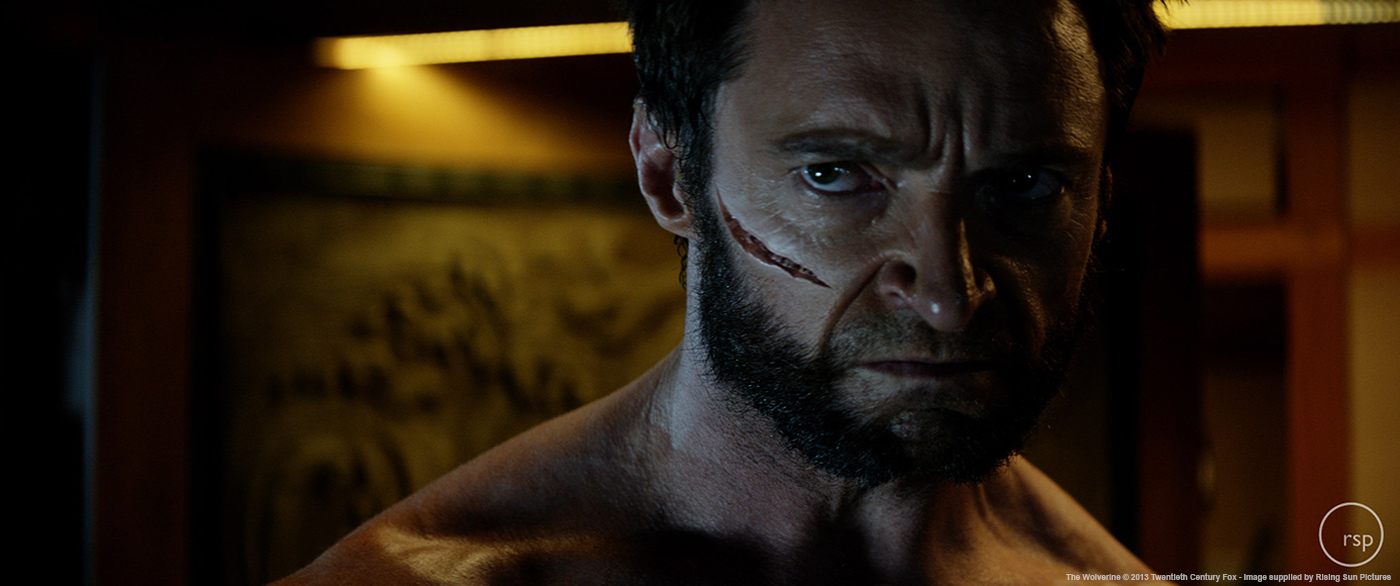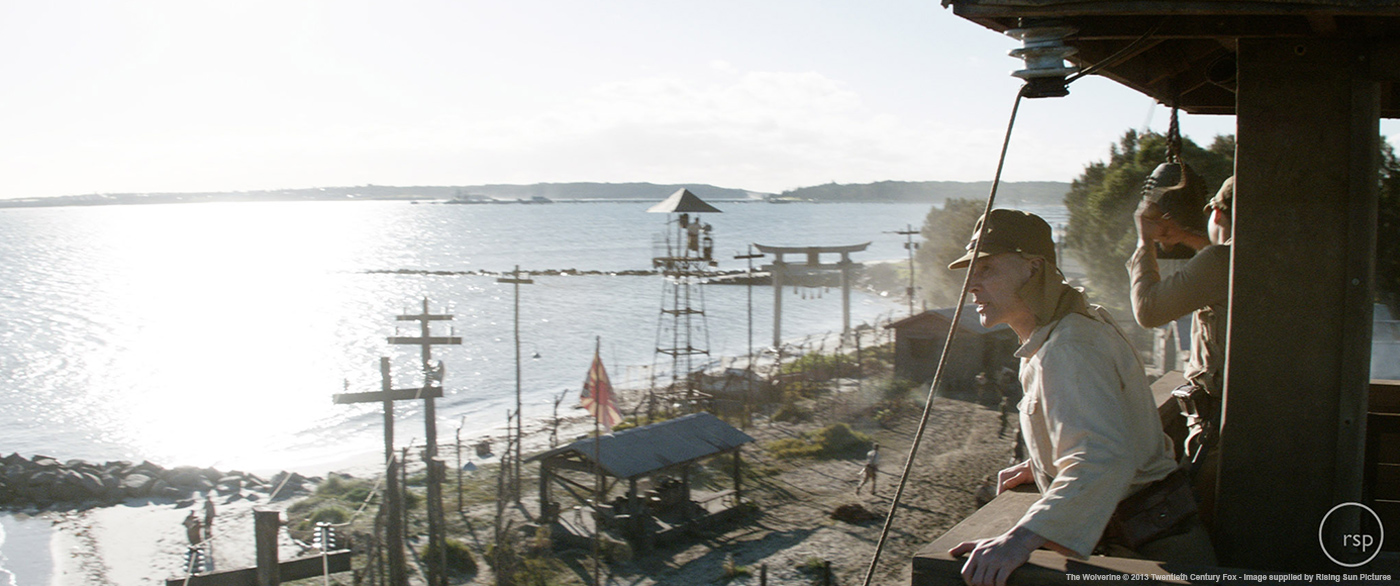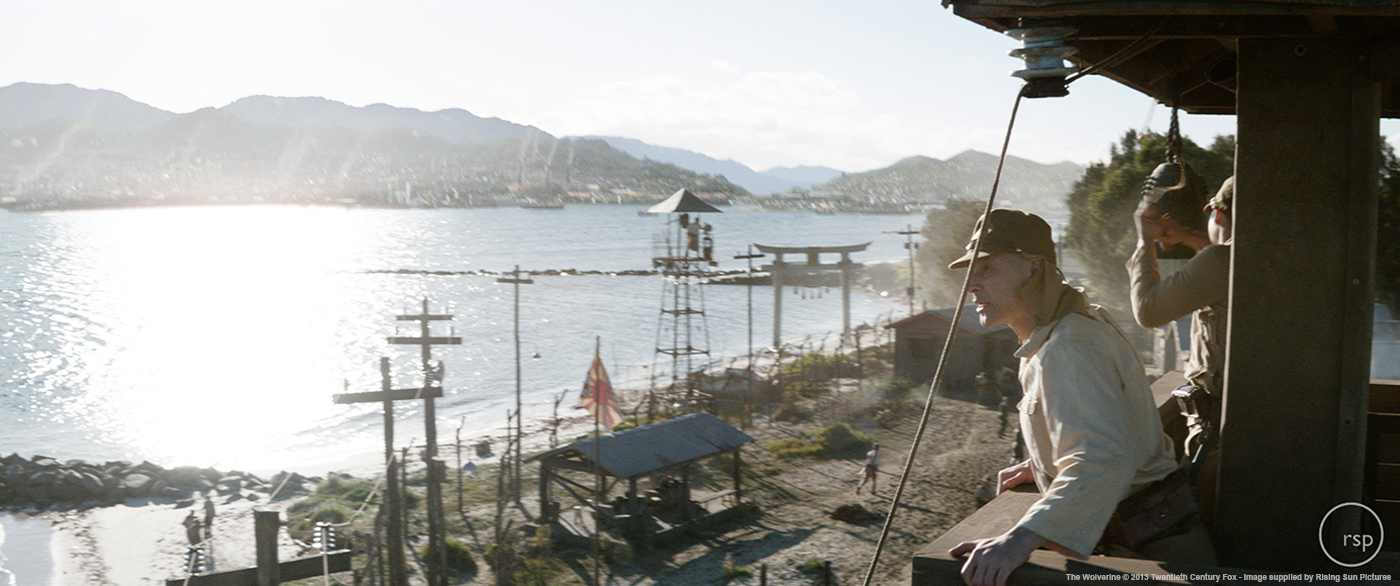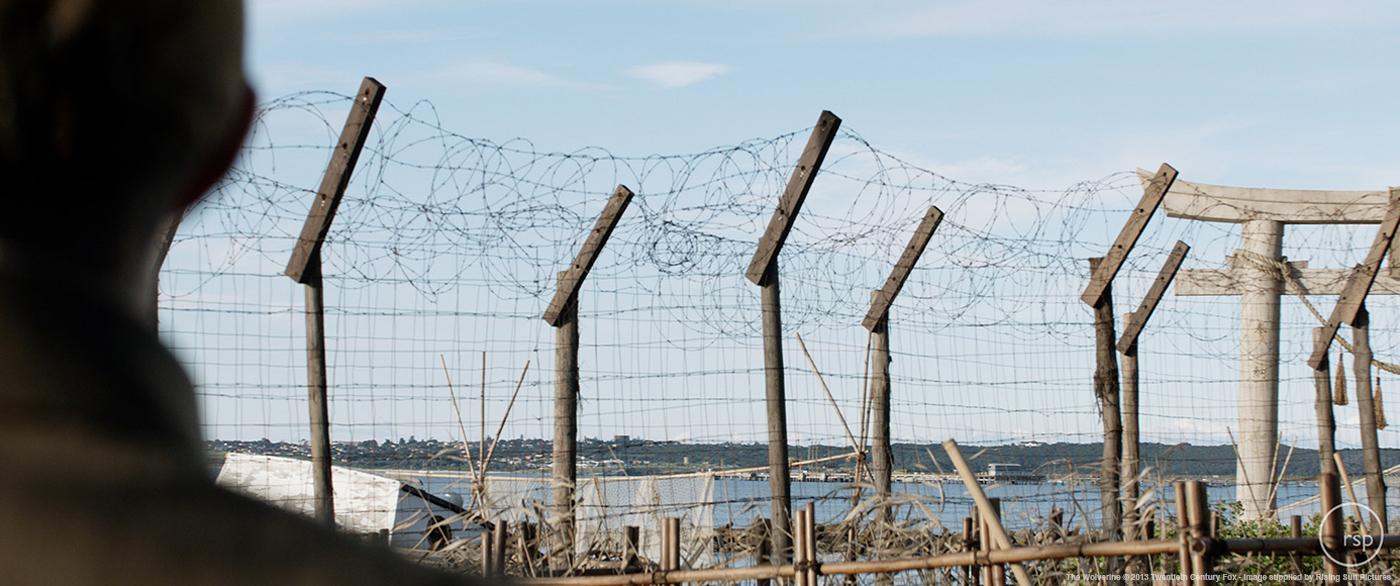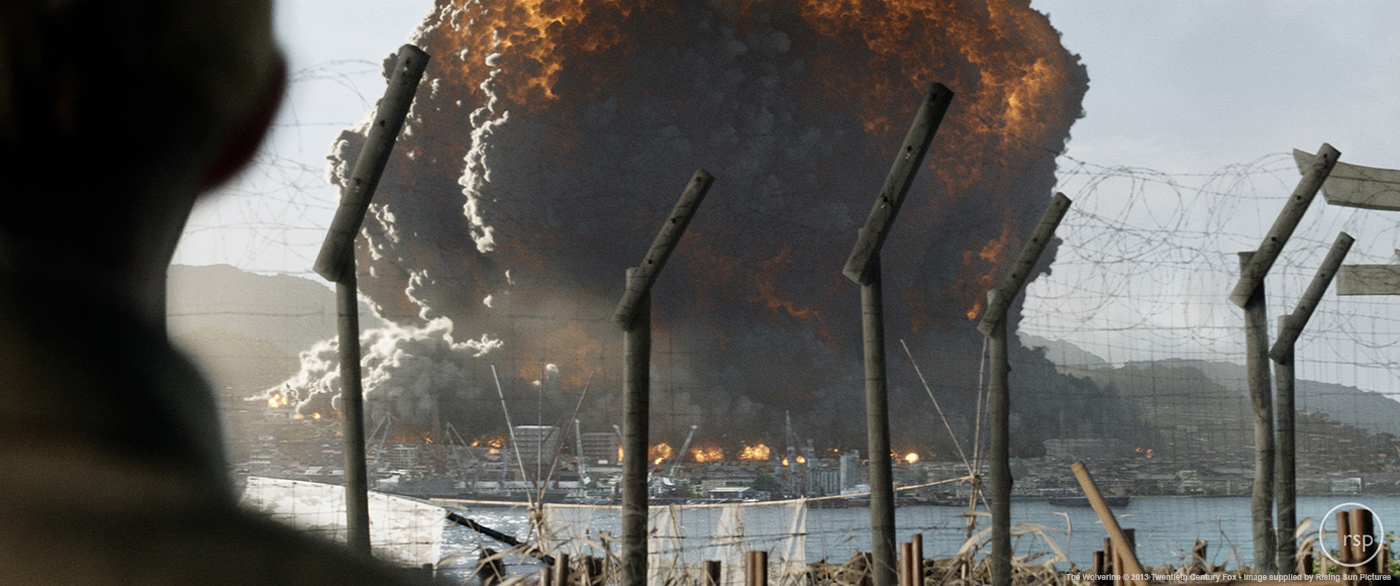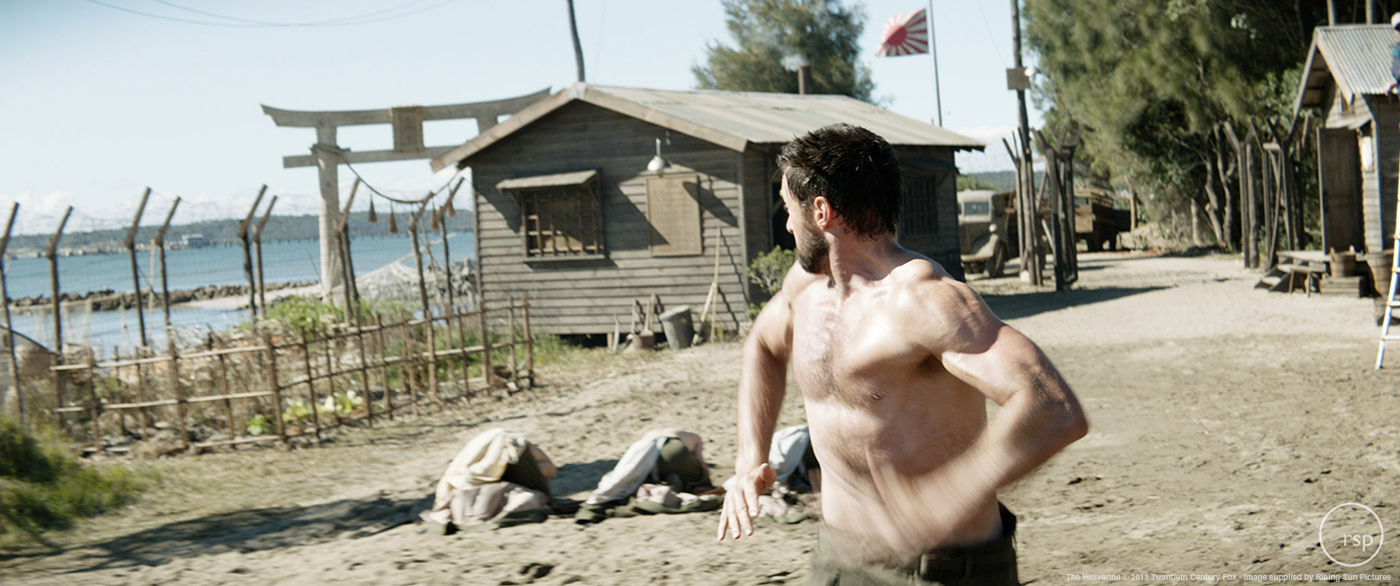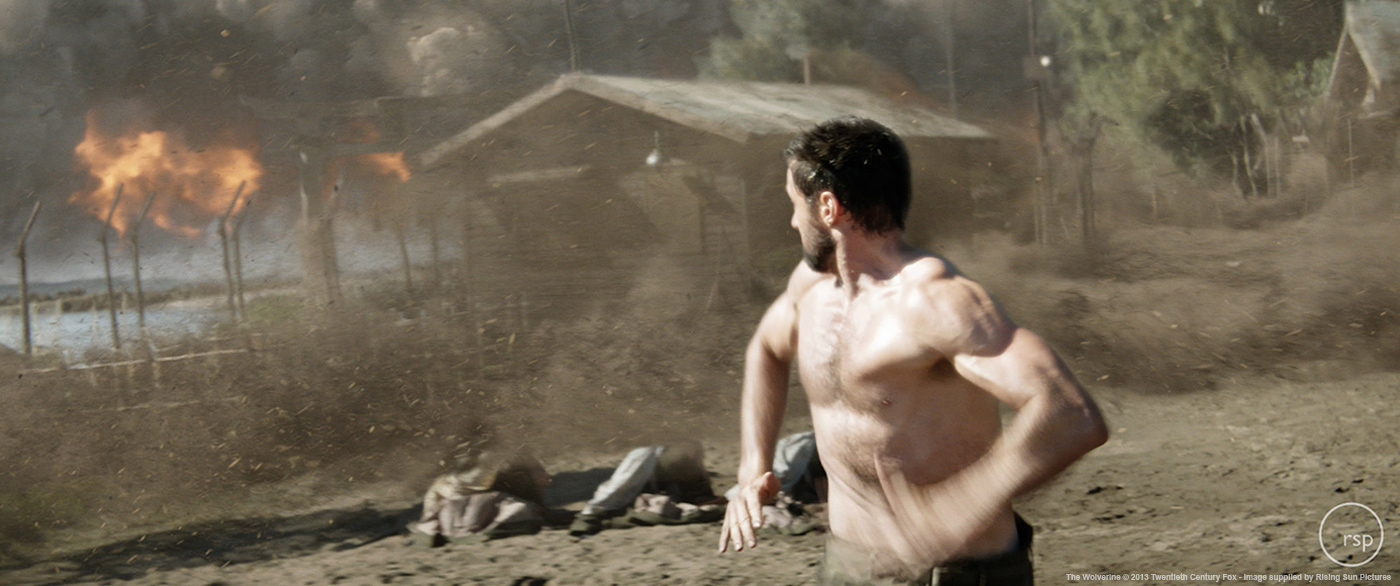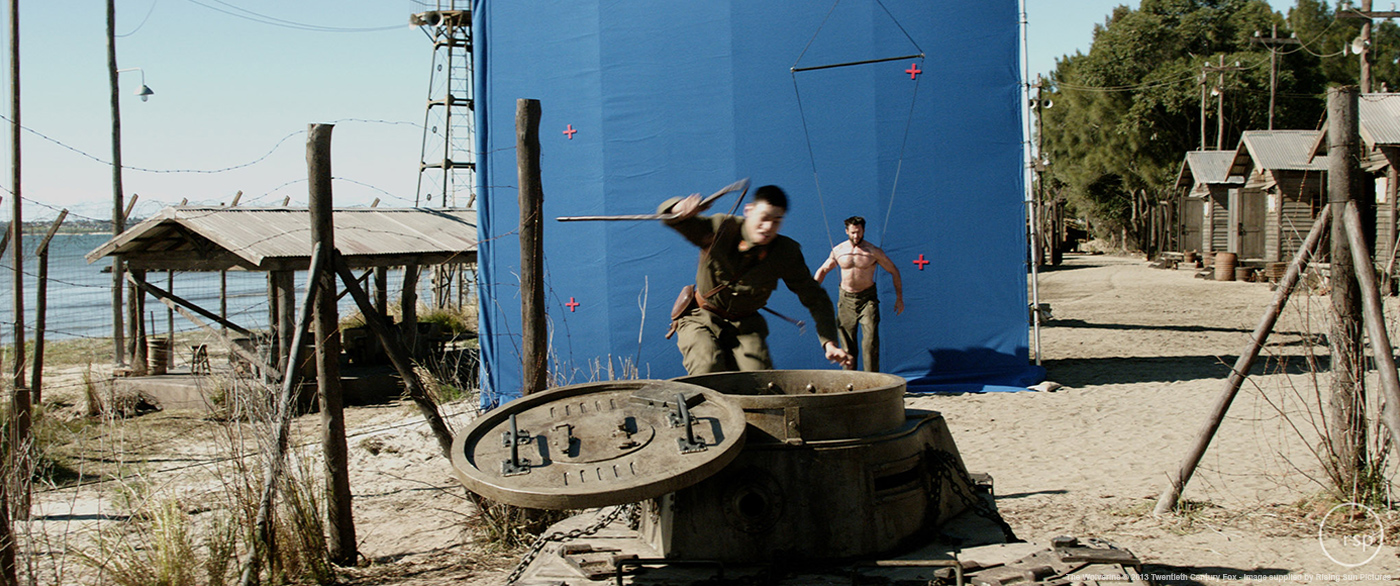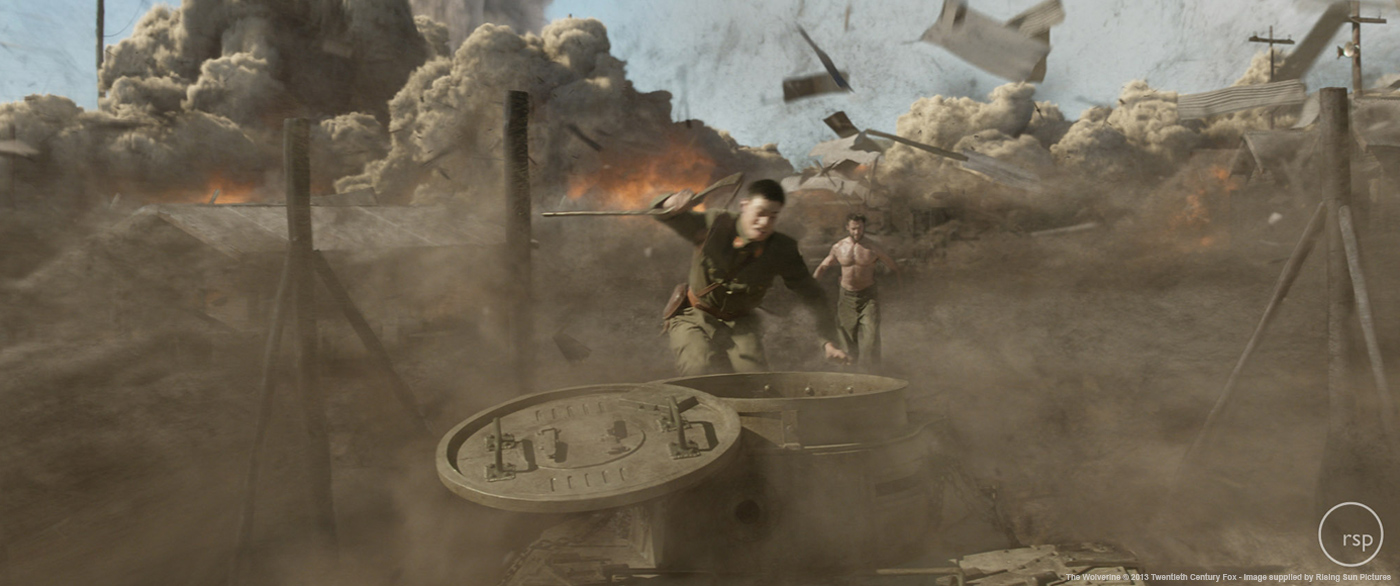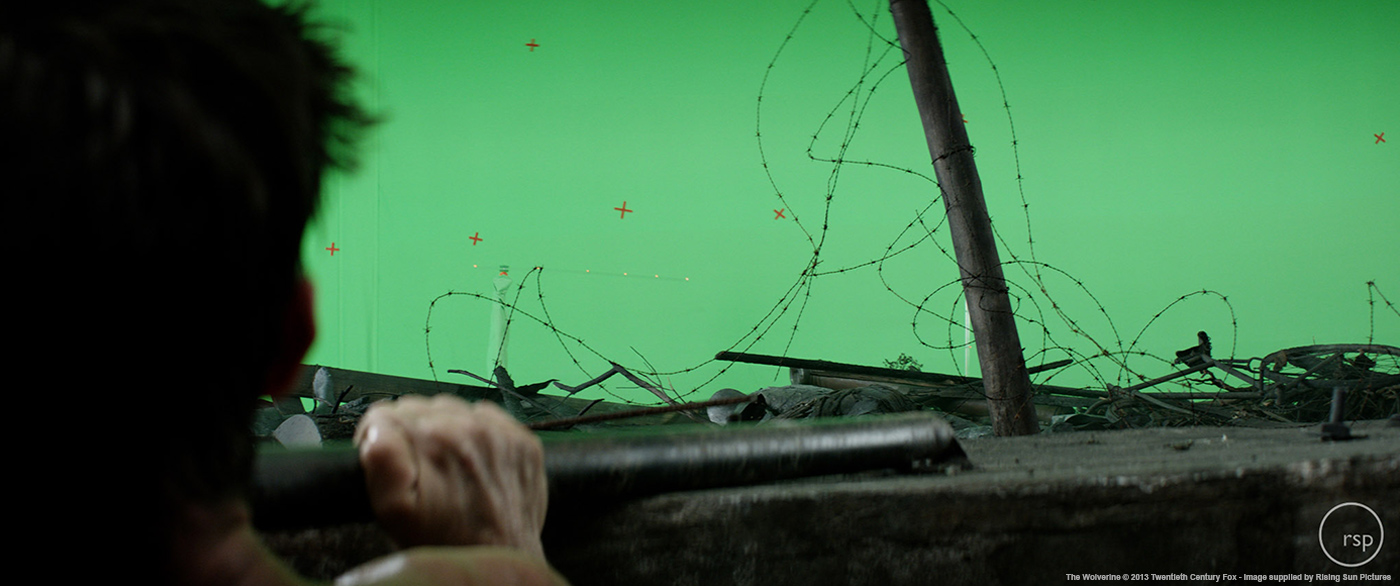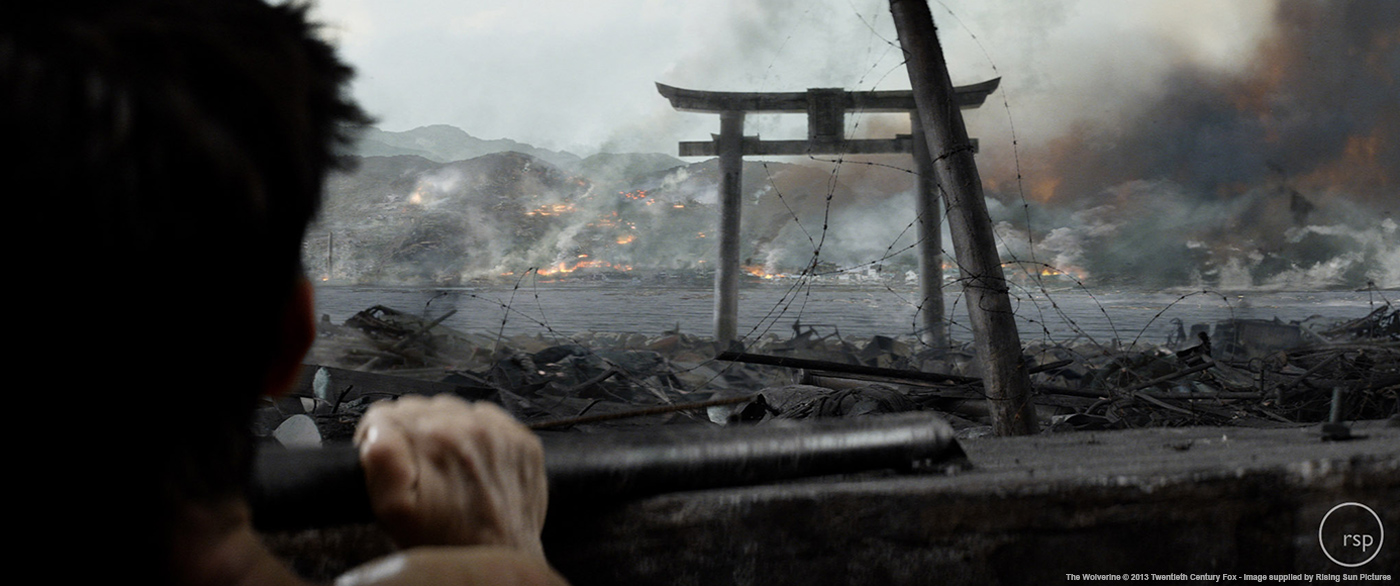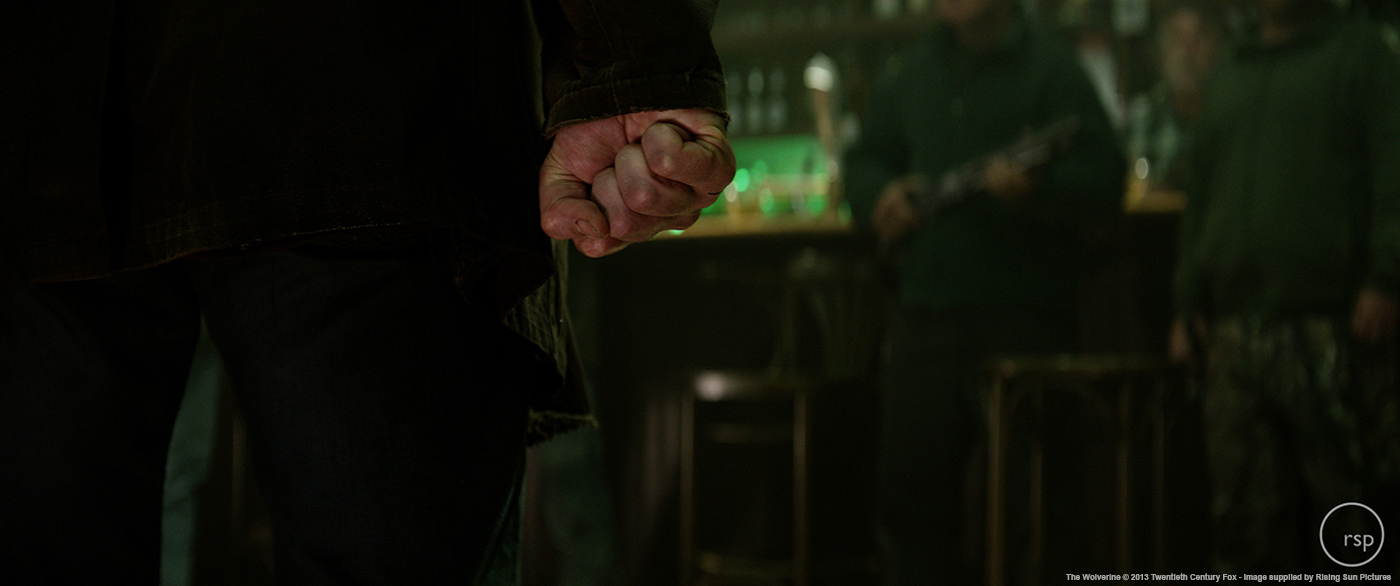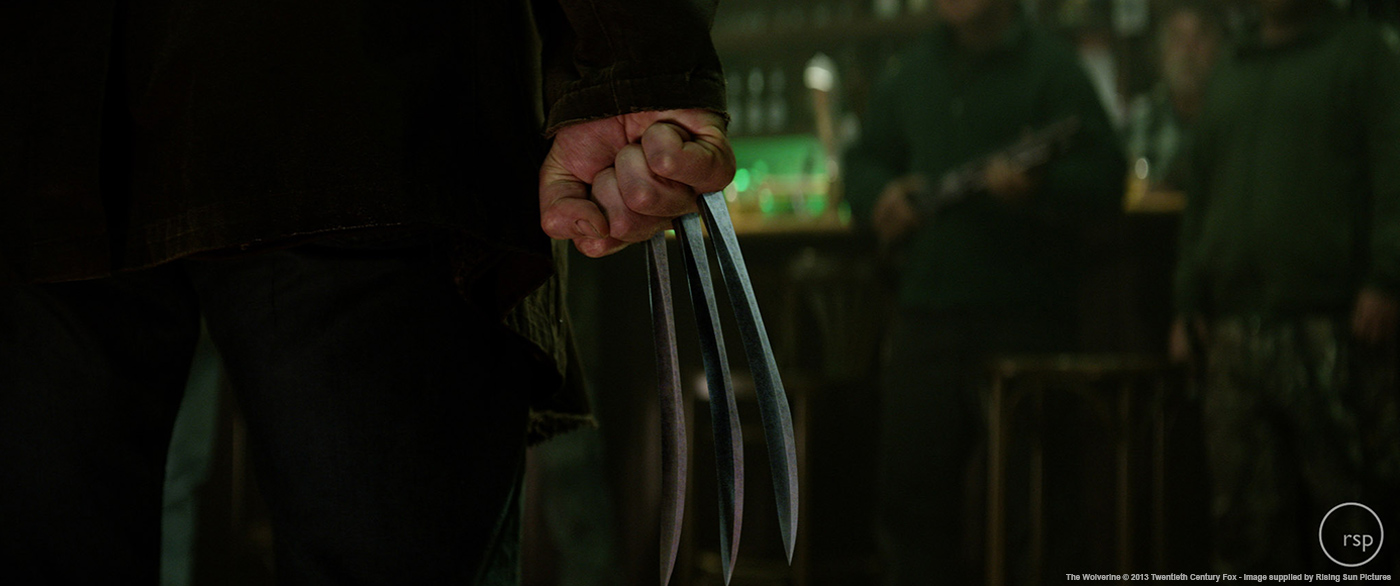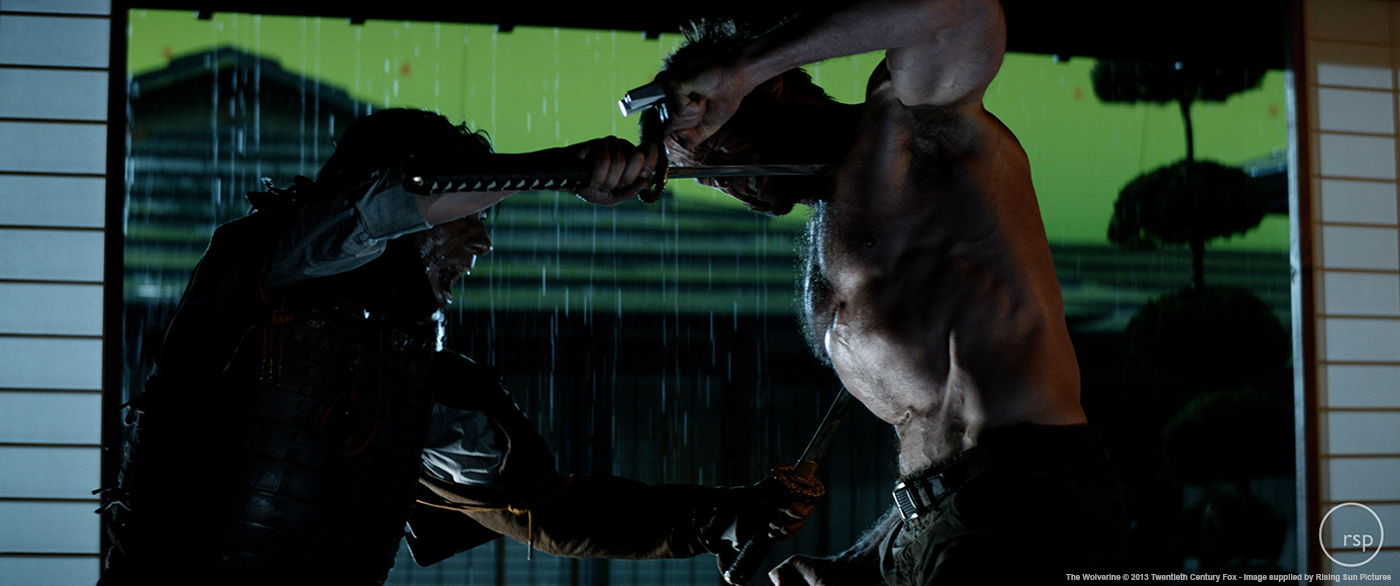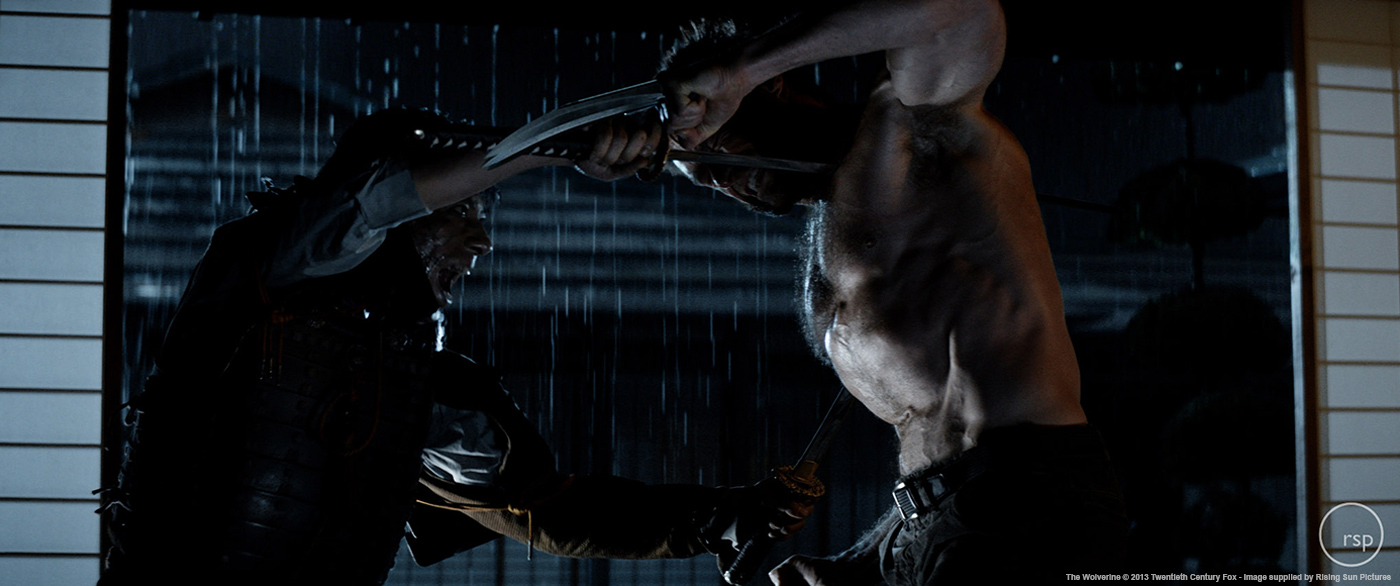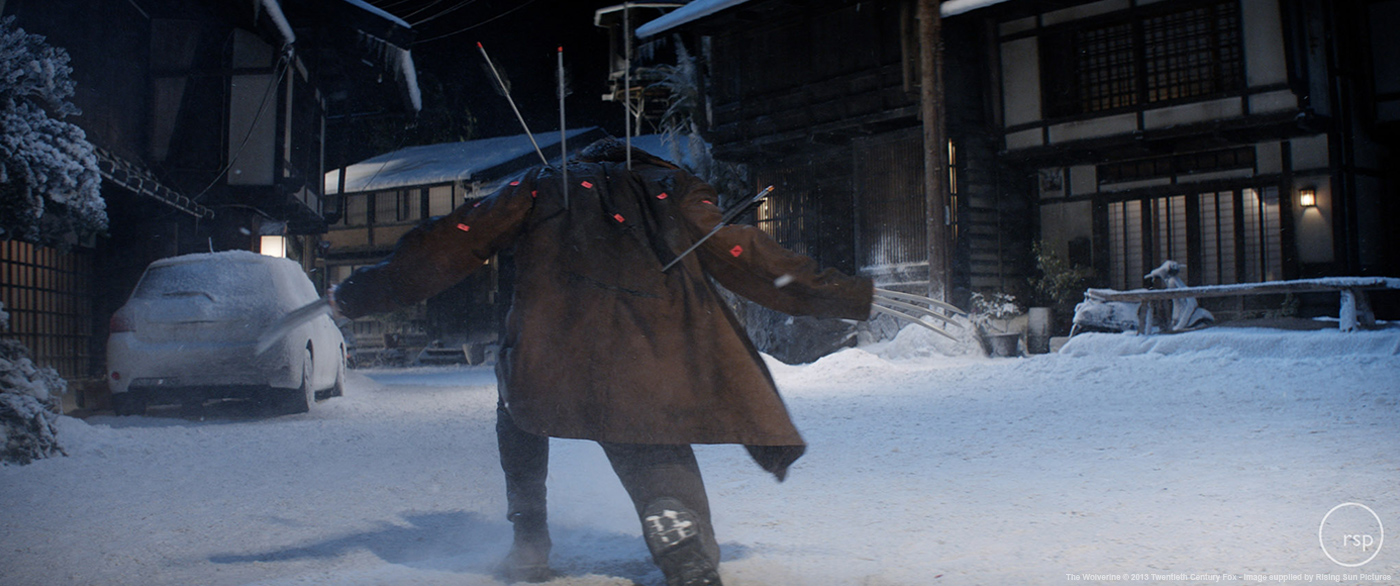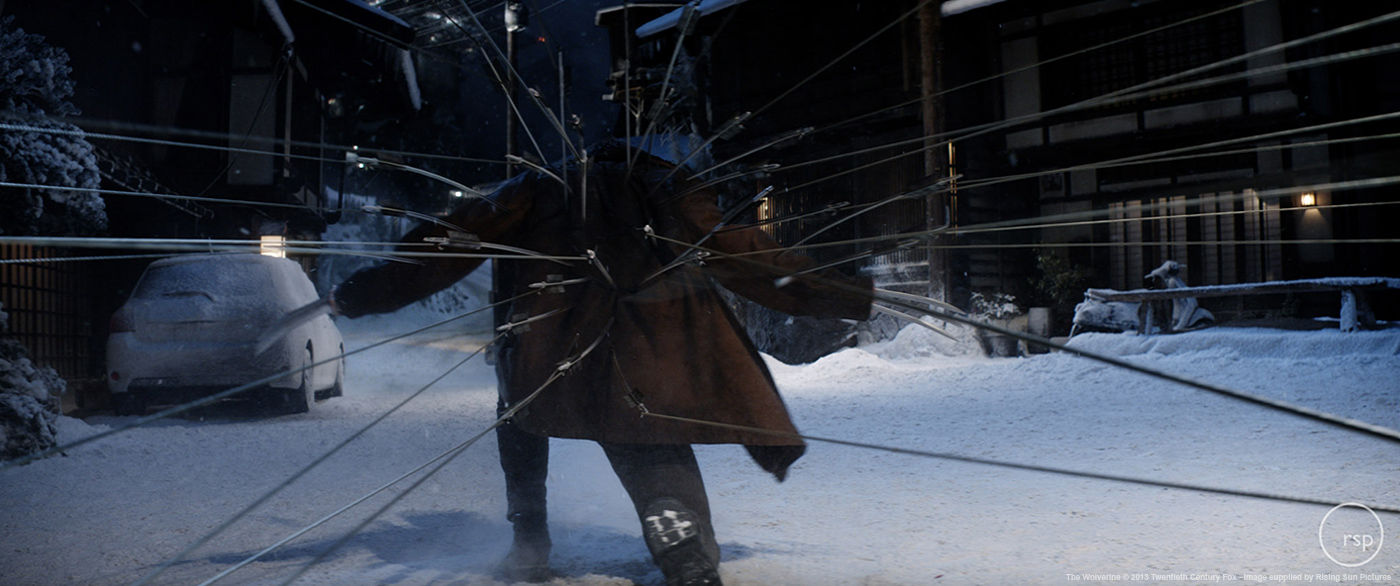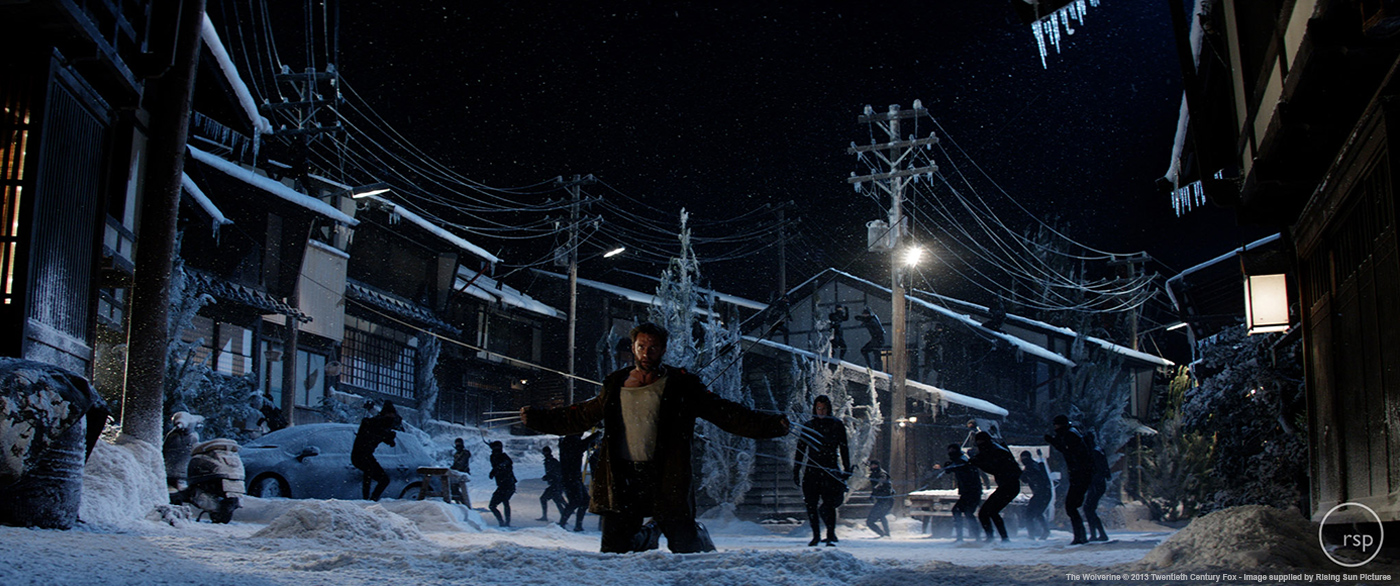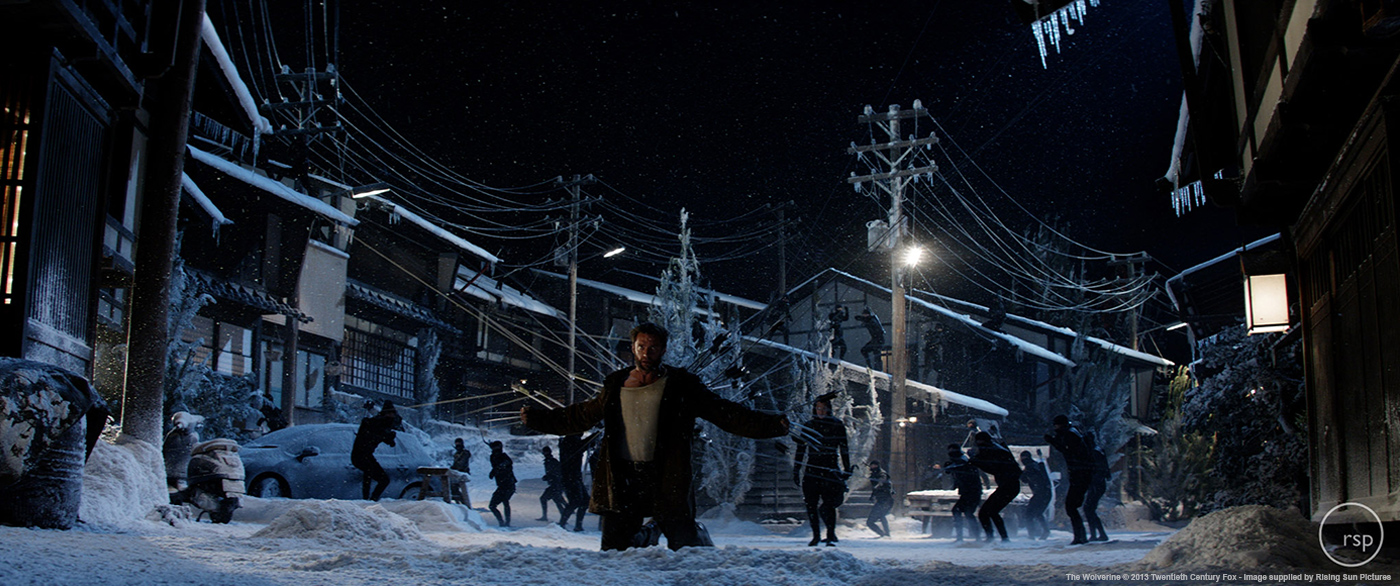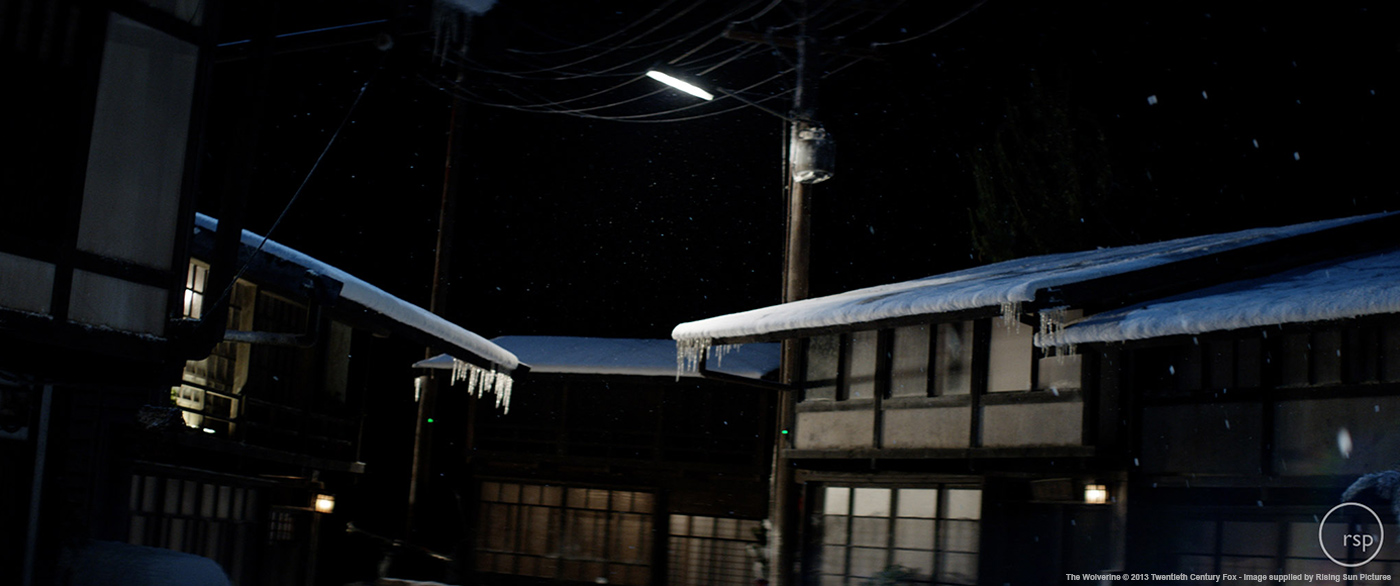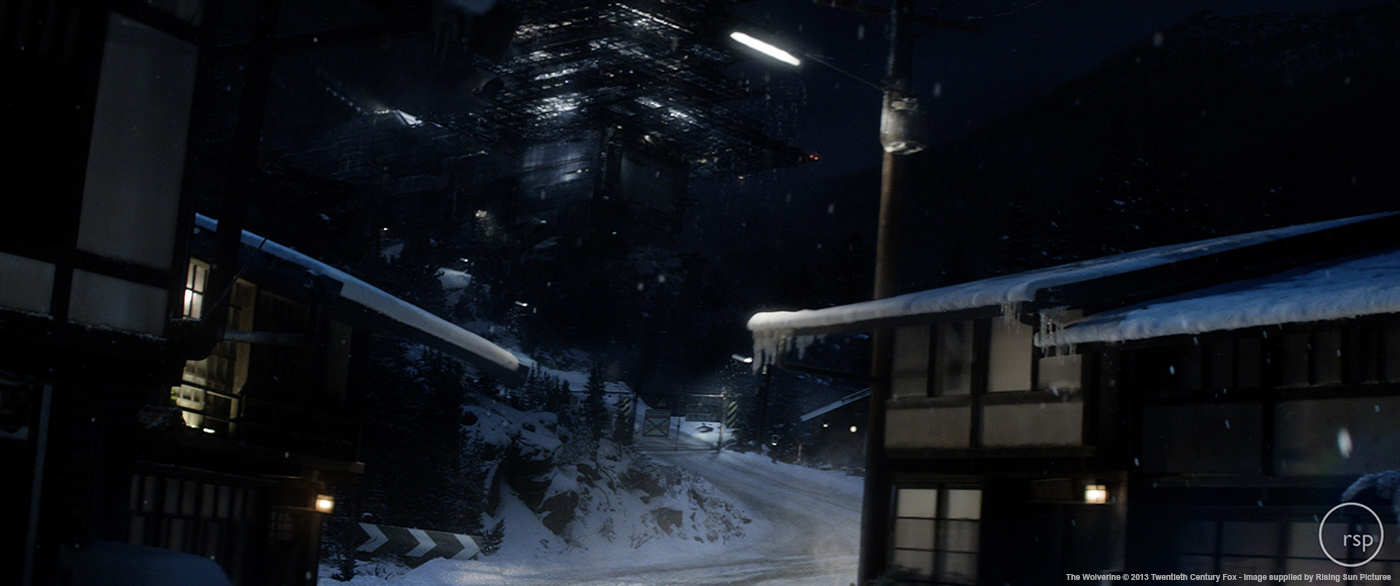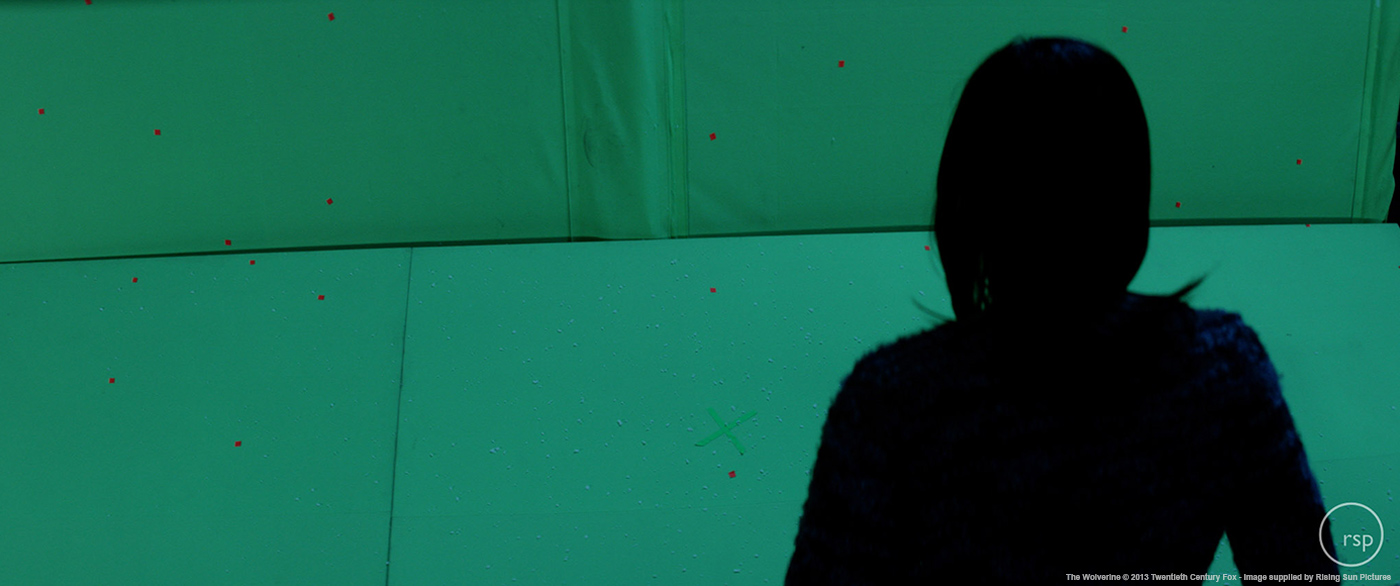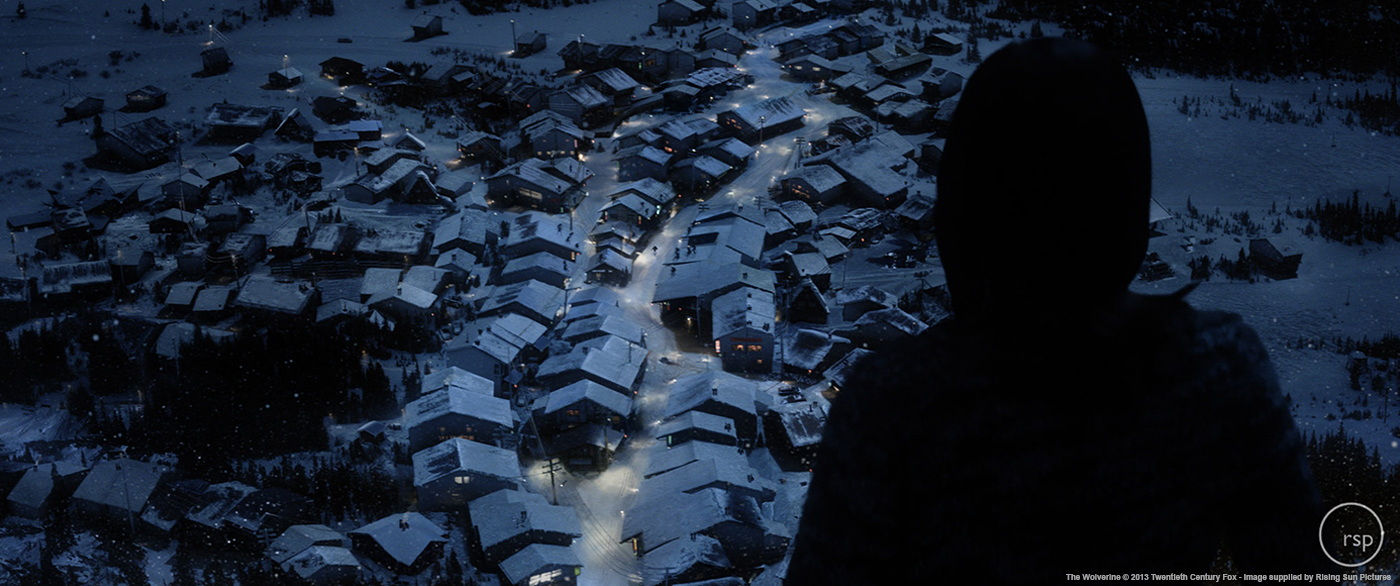Tim Crosbie began his career in the VFX more than 25 years ago and has worked on movies such as WHAT DREAMS MAY COME, THE MATRIX or THE LORD OF THE RINGS: THE FELLOWSHIP OF THE RING. Tim is part of the Rising Sun Pictures team for over ten years and supervised the effects of films like THE LAST SAMURAI, SUPERMAN RETURNS, PROMETHEUS or THE GREAT GATSBY.
What is your background?
I’ve been in the post production industry since about the age of 19, so about 26 years. My first job was as a runner for a production company in London, then on to assistant editor, editor, flame operator. I made the switch to feature film VFX back in 1997 when I moved to Australia and had the opportunity to work on DARK CITY & THE MATRIX at DFilm in Sydney as a compositor using Kodak’s Cineon. I worked my way up through the various ranks from there, and have most recently supervised RSP‘s work on PROMETHEUS, THE SEVENTH SON, THE GREAT GATSBY, and THE WOLVERINE.
How did Rising Sun Pictures get involved on this show?
RSP had worked with the Studio 20th Century Fox and VFX Producer Jamie Stevenson, and over the years we’ve created a wide range of effects that suited the requirements of this project. Additionally the film was shot in Australia, as part of the Federal Government’s Location Offset, and we were brought on as the largest Australian vendor.
How was the collaboration with director James Mangold?
Working with Jim was a great experience. I met him briefly on set in Sydney when I was Supervising on Second Unit for the Ice Village fight sequence. He had a great vision for the film and it was a privilege to work with such a gifted story-teller.
What was his approach about the visual effects?
He was all about the character and the story, and ensuring that the effects create a world to help tell this tale – Our package of VFX work was a combination of grand events (eg the nuclear explosion), to seamless supporting effects (set extensions, rig removals, etc).
How was the collaboration with Production VFX Supervisor Phil Brennan?
Working with Phil Brennan was one of the best times I’ve had in this job. We constantly fed iterations from the start so that he and Jim could be sure we were on the right track. We made extensive use of cineSync for our reviews so that we could sketch ideas on the fly which made for a really easy creative communication workflow.
What have you done on this show?
RSP completed 266 shots on the show, for roughly 25 minutes of screen time:
– FX/Destruction: Nagasaki Nuclear Explosion & aftermath.
– Digital Environments: Nagasaki, Yukon, Ice Fight Environment, Temple Fight set extensions.
– Combat Effects: Wolverine Claws, Arrows/Ropes, Swords, wounds.
The movie opens with a really impressive sequence. How did you approach it?
Initially Nick Pill (RSP Art Director) did a lot of historical research and then worked up various concepts. Jim was after something a little different to the standard mushroom cloud that we all know so we concentrated on the initial development of the explosion rather than the iconic cloud. We spent a lot of time discussing the various approaches and when Jim and Phil found a look that worked we began the process of building a workflow/pipeline that allowed us to iterate quickly so that they could see progression and make changes where needed.
Can you tell us more about the environment creation?
Most of the environments were digital matte paintings utilizing either simple geometry to as the foundation to paint over as well as projection on to geometry for some of the street extension work in the Ice Fight sequence. These were augmented with effects passes such as Snow & Atmosphere. Looking at reference photography, and then creating a believable overall scene was key to ensuring that the environments fit with the look and feel of the movie.
Can you explain in details about the creation of the Nuke explosion?
I’ll hand you over to Prema Paetsch, our Senior FX Lead on the show, to best answer this question:
The mushroom cloud was achieved through a combination of techniques using Houdini. A highly art-directed smoke simulation with the required detail to sell the towering scale would simulate for way too long with uncertain an outcome so we needed to set up a process that allowed for more control. We ended up driving a particle system through a basic smoke sim for general motion and behaviour. This allowed us to intuitively re-shape, re-time and sculpt the basic particle cloud to work as a ‘skeleton’. We then generated a library of independent, smaller smoke sims for pyroclastic motion and detail. Finally, those sims were then instanced onto the particle cloud with varying parameters to look like a cohesive mass without any repetition.
Lighting and shading ended up being a comp-exercise with lots of control passes to achieve highly detailed shading and global illumination onto renderable volumes. The internal illumination was based on an old trick where thousands of little point lights were scattered within the volume and the attenuation distance tweaked until it looks right.
We used the Bullet physics engine within Houdini to destroy a detailed CG build of the POW-camp, as well as buildings for the city of Nagasaki. The biggest challenge for the hero-destruction was a believable behaviour and choreography. We built a custom tool-set to glue sections of structure together and release glue on command to release fractured pieces in a staggered fashion. This had to be fast and intuitive enough to allow for many iterations and flavours of destruction.??
Many, many layers of smoke sims of varying density, look and behaviour were necessary to generate the shockwave. As well as instanced debris, sand and dust particles, to fill up the frame with threatening chaos. The CG POW-camp assets proved useful again, as everything had to interact, collide and bounce off the geometry to look believable. Behind all this we had to generate a pyroclastic wave of very dense smoke, which shared some of the mushroom cloud development. The main focus here was even more close-to-camera detail and choreography, matching pyroclastic flow of volcanic eruptions.
Can you tell us more about the claws creation?
We were provided with one of the actual claws as well as a cyberscan of the claws and many reference stills. The vernier gauges came out and our modellers got to work matching the real thing. Our Asset Supervisor, Dennis Jones, has spent a lot of time over the last year or so getting our asset pipeline as efficient as possible so this ended up being a fairly simple process… although I should add that it’s all relative, the prior work in setting up the asset workflow paid huge dividends for us.
From the initial model build we then created the textures and lighting setups, all based on the HDRI sets we shot on location to build a full global illumination lighting setup. Once this was in place we took an example shot and ran the claws as a turntable with the live action in the background so that our client could see apples vs apples. We also used multiple ID passes to ensure that our compositing teams had the tools they needed to get the claws to sit into the plate for the trickier shots.
What was the main challenge with the claws?
The main challenge was to make them identical to the live action ones within a lighting setup that called for a wide dynamic range. For some of the shots Hugh had a full metal prosthetic claw on one hand and just a few tracking markers on his other hand so our shader and lighting work had to be accurate to ensure the composites came together smoothly.
How did you handle the Ice Village fight?
Initially we needed to get the choreography for all the arrows and ropes working as a ballpark through the whole sequence. This was vital to ensure that the pace and action beats were hit as the Director required.
Nick Pill (RSP Art Director) worked with Victor Glushchenko (RSP Senior Animator) to create a simple animated overlay, sort of a pen and ink post-viz, over the top of the first cut of the sequence from Editorial and we ran through one or two iterations to get everything timed out right for Jim.
The rest was essentially a process of making sure that what we did was seamless with the surrounding cut-aways. In many shots Hugh was wearing prosthetic metal claws while he did his own stunts but for shots where the stunts were just too dangerous to have full length metal claws flying around we went in and and added CG claws.
Getting the flight of the arrows and the dynamics of the ropes right turned out to be a relatively simple process once we had the workflow in place, although we did spend time setting that up. We built a simplified digi-double of Logan from the cyberscan for the matchmoving, and then placed locators on his back, arms and legs for the arrow hits with a single locator back at each arrow’s point of origin so that our animators could concentrate on what they do best. We used the nHair plugin in Maya as the primary tool for the rope dynamics.
Can you tell us more about your work on the lab exteriors?
The Lab that we see in a number of shots was a Digital Matte Painting that was projected on to simple geometry, and the environmental effects such as mist and snow were added in the comp.
How did you create the various weapons like the swords and arrows?
All of the weapons needed to match the physical props. We used a cyberscan of each, along with photographic reference to model, rig & texture the cg assets. These were then lit with the assistance of the HDRI to generate a global illumination setup, which we then used to light the assets and place them in the shots.
Can you describe one of your typical day on-set and then during the post?
On-set was mostly night shoots at the location of the Ice Village. It was primarily second unit stunt work, and there were so many setups to get through each day that it was usually a sprint from dusk till dawn.
What was your feeling to be part of the X-Men universe?
??I think I can speak for pretty much everyone in the company when I say that working on stories in the Marvel universe, and Wolverine in particular, is about as much fun as anyone could have in our field.
Was there a shot or a sequence that prevented you from sleep?
This was a reasonably smooth show for us. I guess the nuclear explosion kept me awake late into the night on one or two occasions but we have such a great FX team and we kept heading in the right direction with every iteration so I was quietly confident all the way through.
What do you keep from this experience?
Collaboration with a great client, providing lots of iterations to demonstrate progress, hitting multiple deadlines and keeping our clients happy.
How long have you worked on this film?
July 2012 (onset), October 2012 – June 2013.
How many shots have you done?
266.
What was the size of your team?
75.
What is your next project?
Look out for our work on SEVENTH SON, GRAVITY & I, FRANKENSTEIN.
What are the four movies that gave you the passion for cinema?
BLADE RUNNER, THE ORIGINAL KING KONG, THE BLUES BROTHERS and anything by Charlie Chaplin (fond memories from early childhood).
A big thanks for your time.
// WANT TO KNOW MORE?
– Rising Sun Pictures: Dedicated page about THE WOLVERINE on Rising Sun Pictures website.
© Vincent Frei – The Art of VFX – 2013


